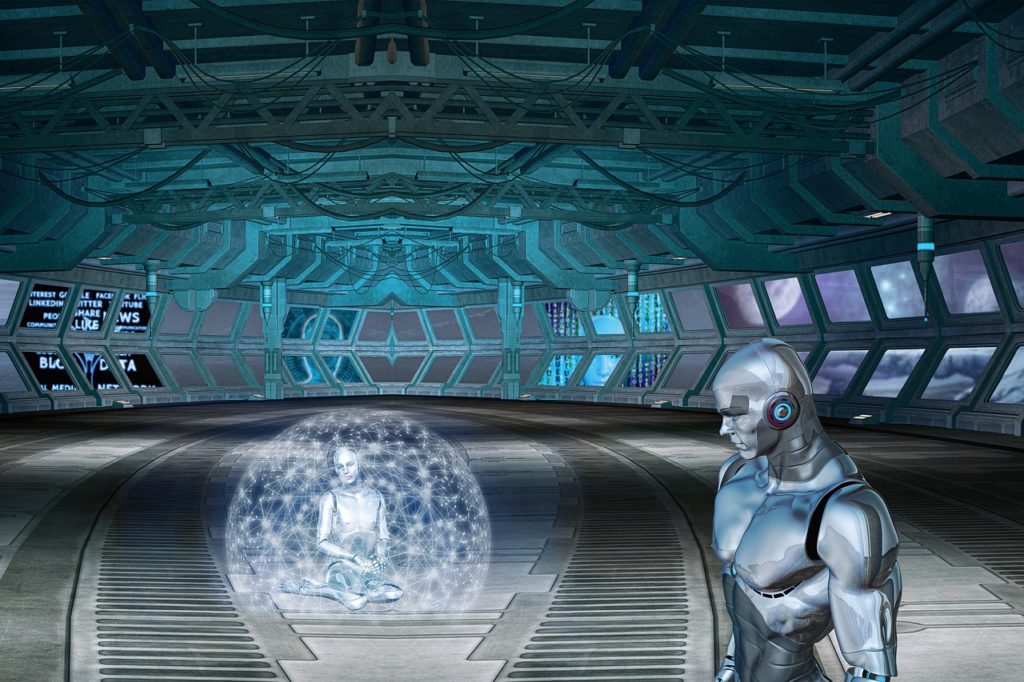Change is a constant in IT. But every once in a while, a development so fundamental and profound occurs that it reorients the profession.
Are we in the midst of one of these today? Changes this significant tend to come along roughly once per generation:
- 1953: transistors began replacing vacuum tubes in computers, bringing in the semiconductor age.
- 1973: Bob Metcalfe invented Ethernet, enabling computers to be connected in local area networks (LANs).
- 1993: the Mosaic web browser was announced, the “first commercial software that allowed graphical access to content on the internet.” That was also the year that CERN made the World Wide Web available freely across the globe. Though the Web was technically three years old at this stage, the combination of Mosaic and CERN’s actions opened it up to non-technical users.
2015: Enterprise & The Consumerization Of IT
Are the changes happening in IT today simply evolutionary, or is this a new era? A number of perspectives indicate the latter may be more true. Think about the signals in regard to:
1.) Technology
Mobile online access has overtaken desktop use. According to eMarketer, “for the first time (in 2014), time spent on non-voice mobile activities…surpass(ed) time spent online on desktop and laptop computers.”
2.) Application Development
Both commercial and internal business application developers increasingly create new software in the cloud. Gartner recently came out saying “I&O (infrastructure and operations) leaders should institute a ‘cloud-first’ consideration for every project on an application-by-application basis.”

3.) Demographics
Millennials, the first generation to grow up using digital and online technologies, are now entering the workforce in en masse and with expectations very different from their professional predecessors.
Millennials (a.k.a. Gen Y) expect software to be easy to use, social, and mobile. But the most significant change is that they are the first generation of employees to bring better technology into the workplace than what employers have to offer in many cases, the driving force behind BYOD.
4.) IT
The most compelling indicators of a seismic shift in technology come, however, from IT leaders themselves.
At the Fusion Conference in late 2013, a group of 21 senior technology leaders agreed that current IT operating models are broken, and issued a Service Management Call to Action proclaiming that “The Service Management community MUST change. Fundamental transformation is needed.”
Given the scope and magnitude of these change, how should IT groups respond? If the current shifts are indeed a generational change rather than just evolutionary developments, then a fundamental reorientation of IT practices, as yet to be defined, will have to emerge.
Until then, here are four practical steps CIOs and their teams can take today to adapt to the wave of change crashing over IT and business operations:
1. Redesign processes from the internal customer perspective. Rather than designing processes for the convenience of service-delivery groups, begin with the objective of a “delighted customer” then work backward.
Automate processes and strip out redundant steps and manual efforts wherever feasible along the way, to optimise efficiency and accuracy.
2. Implement new delivery models such as enterprise request management (ERM) for service requests and schedule-based (like Apple Genius Bars) service delivery.
Both approaches improve the service experience, particularly for mobile and remote workers.
3. Adapt to revolutionary developments using gradual change. Despite the rapid scope and pace of changes in user expectations, big-bang “rip and replace” responses are not always the best approach; not only is replacement of core management and control systems enormously costly, it also inevitably means unforeseen delays and business disruption.

Instead, utilize agile service request management and “lightweight” business process automation (BPA) to design, test, modify, deploy, measure and optimize new processes gradually, starting with the most common or painful and incrementally increasing the portfolio of services offered over time.
4. Recognize the need for business change, not just adaptation by IT. Increasing expectations for consumer-like technology and experiences impact departments and functions across organizations, not only IT groups.
IT is in ideally positioned, however, to assist other functional groups in adapting to evolving employee expectations, for example by extending the concept of IT service catalogs across the enterprise, to HR, facilities, finance, and other shared services groups.
The tools deployed should empower business process owners anywhere in the organization to design and optimize their own task workflow processes, with minimal technical assistance needed.
It’s clear is IT groups need to shed the image of being “defensive, late, overpriced, uninformed and unhelpful.” IT leaders and their teams must adapt to these changes, and others, while continuing to provide the business with “guide rails” in areas like cloud computing and BYOD (for security and cost reasons).
And the emphasis needs to be on collaboration rather than control. Evolution or revolution—where do you think technology is at today?